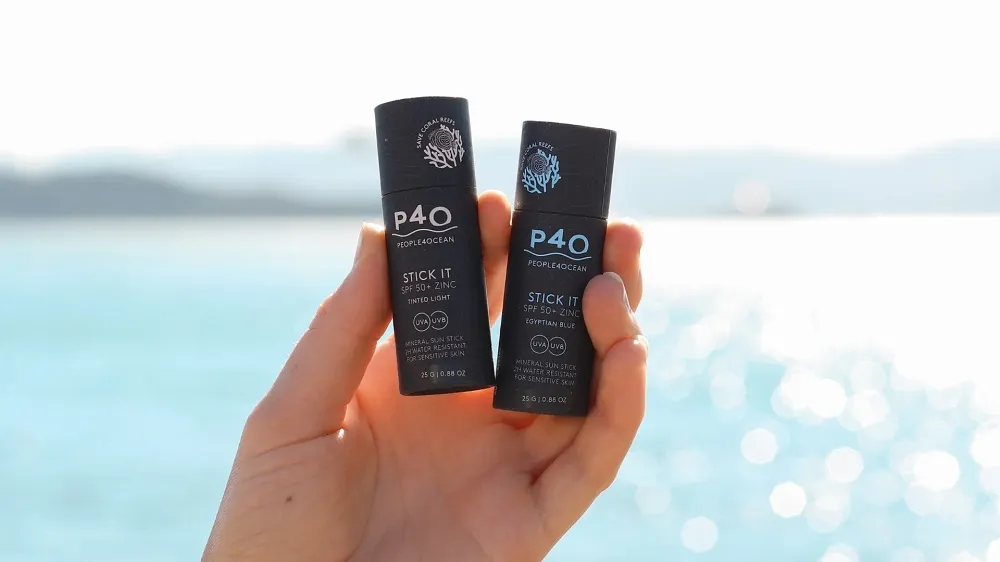
Elevating Sun Protection: A Guide to Selecting Zinc Sticks for Everyday Use
With the growing awareness of skin health and the essential role of sun protection, zinc sticks have become a go-to solution for many seeking effective and safe options. These products, known for their natural and barrier-forming properties, shield the skin from harmful UV rays and offer an array of formulations that cater to diverse skin types and preferences. This comprehensive guide delves into how to choose zinc sticks that are beneficial for the skin and make the daily application an enjoyable ritual.
Familiarising with Zinc Oxide’s Protective Qualities
Zinc oxide stands out in the realm of sun protection due to its ability to provide broad-spectrum coverage against both UVA and UVB rays. This mineral acts as a physical blocker, sitting on the skin’s surface to reflect sunlight away from the body. Unlike chemical sunscreens, which soak into the skin and absorb UV rays, zinc oxide provides a protective layer effective immediately upon application. When selecting a product, look for non-nano zinc oxide formulations to ensure the particles are not small enough to penetrate the skin, offering a safer and more environmentally friendly option.
Nourishing Ingredients for Enhanced Skin Health
Beyond UV protection, the best formulations are enriched with skin-loving ingredients that nourish and hydrate. Components such as natural oils, antioxidants, and vitamins can improve the skin’s overall health, making sun protection an essential element of your skincare routine. Look for products that include aloe vera, vitamin E, and coconut oil to provide moisture, reduce inflammation, and fight free radicals. These ingredients enhance the protective qualities of zinc oxide and ensure the product contributes to a healthy skin barrier.
Tailoring to Skin Types and Concerns
Individual skin types and concerns are significant in selecting the right formulation. For those with sensitive or acne-prone skin, deciding non-comedogenic options that won’t clog pores or trigger breakouts is crucial. Meanwhile, individuals with dry skin should seek out formulations enriched with hydrating components to prevent the drying effect some mineral sunscreens can have. Furthermore, finding a product that doesn’t leave a white cast while offering adequate protection is essential for those with darker skin tones. Tinted formulations can provide a solution, blending seamlessly with the skin while ensuring effective sun defence.
Eco-Friendly and Sustainable Choices
As consumers become more environmentally mindful, the demand for sustainable and eco-friendly sun protection options has risen. Selecting products packaged in recyclable or biodegradable materials can minimise environmental impact. Additionally, choosing reef-safe formulations free from oxybenzone and octinoxate, known to harm coral reefs, reflects a commitment to protecting one’s skin and the environment. Brands prioritising sustainable sourcing and ethical production practices further contribute to this eco-conscious approach to sun care.
Aesthetic Appeal and User Experience
Incorporating sun protection into daily routines should be a pleasant experience. Brands have recognised this, offering various tints, scents, and finishes to cater to personal preferences and enhance the user experience. From sheer, matte finishes to subtly tinted options that double as a light foundation, the market offers a variety of choices to make the daily application more exciting. Moreover, user-friendly packaging that allows easy application and portability ensures that reapplying sunscreen throughout the day is convenient, encouraging consistent use.
Reading Reviews and Conducting Patch Tests
Before making a final selection, reading product reviews can provide insight into the experiences of others with similar skin types or concerns. This research can help narrow down options and set expectations for product performance. Additionally, conducting a patch test before fully integrating a new product into your routine is advisable to ensure compatibility with your skin, particularly for sensitive skin or allergies.
In conclusion, choosing zinc sticks for daily sun protection involves considering a blend of factors, including the quality of zinc oxide, the formulation’s compatibility with skin type, eco-friendliness, aesthetic preferences, and user experience. By prioritising products that align with these criteria, individuals can safeguard their skin against UV damage and enjoy a nourishing and enjoyable sun care routine.